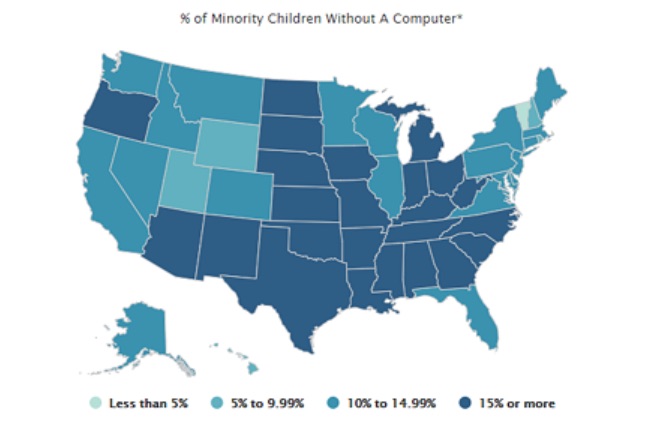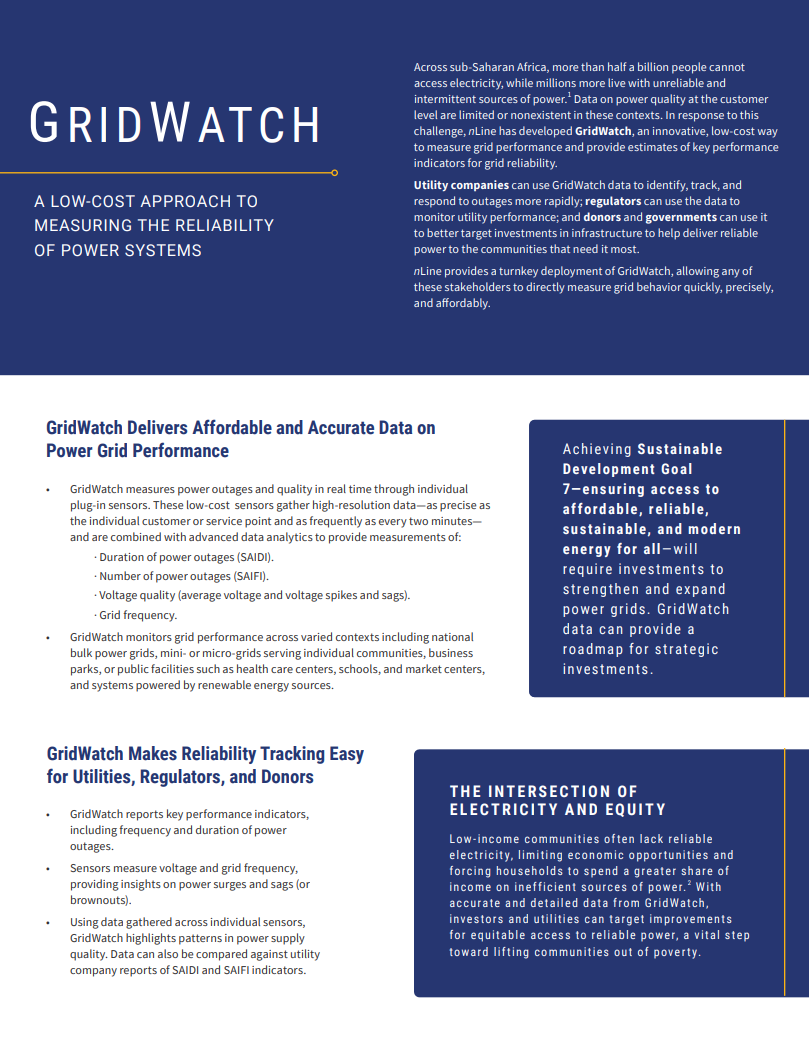Project: Center for Public Information on Population Research (CPIPR)
High Obesity Rates Plus Severe Coronavirus Cases Could Strain Rural U.S. Hospitals
As coronavirus cases rise in less densely populated states in the Midwest and West, the disease, combined with high levels of obesity in rural America, could pose major challenges for health care systems, suggests Mark Lee at the University of Minnesota.





